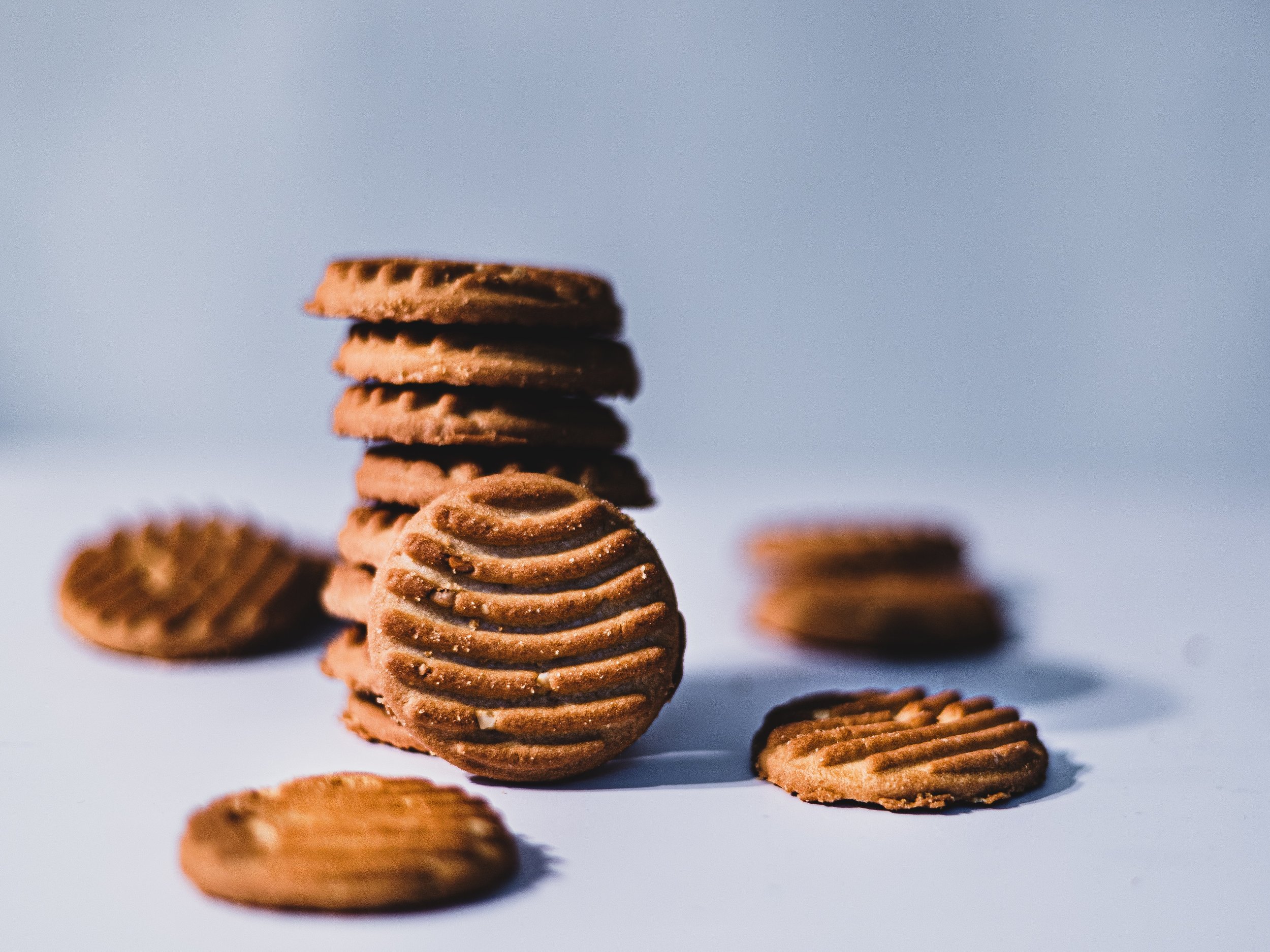Intentions. Goals. Plans. They’re all well and good. We definitely need them. But life is not straightforward. No matter how well we think we’ve planned our week, how realistic our goals are or how powerful we think our self-restraint is, life will come along and test us. And yes, good ol’ fashioned willpower and habits can get you a long way. But acknowledging that there are barriers to your weight loss is important. It’s also the first step in overcoming them.
We’ve been chatting to the Feel Fresh Nutrition team about the barrier they see most often in their clients, as we know that these will be the same ones you’re facing. Below we’re going to break down the intricacies behind these barriers and some pathways forward for you. Let us know if these work for you and help you achieve your goals!
Barriers to Weight Loss
Snacks
We hear this in the clinic all the time, so know that you’re not alone. Have a look at your food diary and establish when your snack cravings are hitting. Is it mid-afternoon or after dinner? Or next time one hits, stop and reflect for a moment. Has it been four hours since your last meal? How are you feeling? Common responses: bored, looking for a distraction, emotional, anxious, etc. Understanding your triggers around snacks is the first step to being able to tackle this barrier.
Actions
If it’s after dinner: Try creating a nighttime ritual around ending your eating for the day. It could be a bath or peppermint tea. Rituals are an important part of life and can help establish boundaries. Tack new habits onto old ones, i.e. “After I clean the kitchen, I’ll brush my teeth”.
Ah, I think I’m just bored or needing a distraction from work: Try getting up from your desk and going for a walk, making a cup of tea, talking to a co-worker (or your dog). You might be using a snack as a way to break up the day but there are lots of other things you could be doing.
Yep, I’m actually hungry: Great! Is it time to cook up one of the delicious meals on your meal plan? Then let’s get cooking. And maybe notice how long it takes you to get hungry in between meals so you can start cooking before the hunger kicks in tomorrow. If it’s not mealtime, can you substitute whatever it is you’re craving with one of our supplied Feel Fresh Nutrition snacks? It’s totally fine to have one of these once a day! If not, then you’re better off mindfully indulging than avoiding whatever it is and overeating a thousand other “better” things. The word mindfully is key here. That doesn’t mean a whole block of Whittaker’s while you smash out that deadline. It means stepping away from the computer, sitting down and having a few bites of whatever it is you’re craving. Enjoy it, savour it and make the most of this delicious food you’re fuelling your body with.
Work Functions
This is one of the most challenging situations. We’re not in control of what’s being served, we often arrive hungrily and the alcohol is flowing. This time of year it’s common to have lots of celebrations to attend. And after the year that’s been, any excuse to celebrate is a good one! But there are some simple steps you can take if this is constantly knocking you off course.
Actions
Plan. If you know you’ve got an event after work, make sure you have a filling snack in the afternoon so you don’t arrive starving. Then think about what you’re going to do when they offer you a drink. Will you skip the first round, or space out your drinks with alternating water? Going into a situation with a plan makes you much more likely to succeed.
Crowding Out. This is an easy one to enact, no matter the menu. Rather than overthinking what’s on offer, start with filling up on certain foods. If it’s plated, start filling your plate with a side of seasonal vegetables or salads. This will leave less room for the pasta and bread rolls. Grazing platters are manageable too if you look for proteins (sliced meats, cheese) and vegetables (carrot sticks, olives, grapes) and avoid too much of the crackers, breadsticks and bread. Have you noticed that devilled eggs also seem to be back? They’re a winner in our books.
Who you gonna call? We love a good challenge and a nosey at a beautiful menu. If you get to see the menu of your function in advance, send it through to us. We can have a look over and offer you some advice on how to navigate it. Again, going in with a plan will make it so much easier. Same goes with local cafes and hotels.
Work Environment
Work functions, team coffee dates, a morning tea to break-up the routine. Sometimes it can feel like the whole office is a never-ending grazing platter. Up your game and hold the course for the programme (and beyond) with these tips.
Actions
Friends with benefits. Not like that. But someone who knows what you’re up to and will support you. Maybe they’ll give you a heads up that there’s pizza in the kitchen or they’ll make sure there are some healthy snacks at the morning tea. Having a partner in crime will dramatically increase your chances of success.
All. Or Nothing. This one depends on your personality type. Either have a mentality that you can indulge as much as you want, but only on certain things (the proteins and vegetables like above) and not others (muffins, pastries, scones, or anything else from a bakery). This can make it easier to not feel like you’re being deprived or missing out. Or, decide that you will not indulge in any snacks outside the meal plan and approved snacks. This works really well for those that know that once they start, it’s a slippery slope. Either way works, but pick the one that you know will work for you.
Cost
Prioritising your health and wellness sounds good, but sometimes there are other expenses that have to come first. You don’t have to break the bank to eat good, healthy food.
Actions
Brr, it’s cold in here. Frozen options are King (or Queen) when you’re on a budget. There are so many options in the veggie aisle these days and when they’re snap frozen all the nutrients are locked in there rather than wilting in your fridge. On any of the meals, swap out fresh for frozen (or tinned) where you can.
Temptation
Of all these barriers, temptation lies at the core of many. And it can be a tough mindset to overcome. This is where your goal setting and reflection are really important. Take some time to reflect on what you’re trying to achieve, what’s underneath the temptation and the core emotions that have you reaching for the chocolate bars. And then take action. Controlling your food environment when and where you can will go a long way.
Actions
In it for the long game. We’re not here for an six-week, lose lots of weight, then pile it back on sort of challenge. We’re here for long-term, flexible plans that work with your life, to help you achieve your goals. We’re here to build healthy habits, learn new skills, try new foods and to feel energised. Food should make you feel good, not deprived. Don’t stress about the occasional craving as it’s all part of the eating well journey.
Back on the wagon. Focus on the wins, not the losses. If you go off track for one meal, just look at your meal plan, you’ll see 21 meals on there. If you totally skip out on four meals, you’re still at 80%. Which would technically make you an A+ student. If we had a gold star, we’d give it to you. So rather than beating yourself up after one meal out or a muffin, and giving up completely, know that you’re still doing so well. And continue on with the rest of the programme. You’ve got this..

































